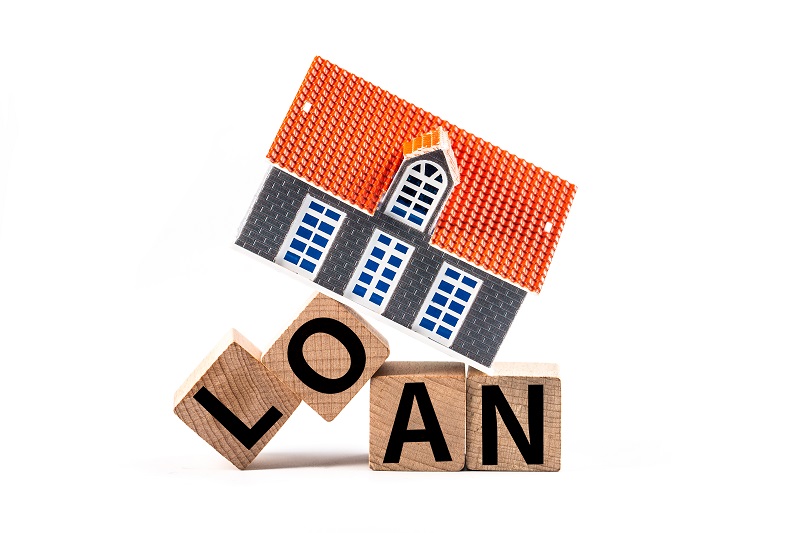The Buyt Desk
Home loans come with two options of interest rates- fixed and floating interest rates. These are the two types of interest which often put home loan borrowers into a dilemma. The topic has been in discussion among many home loan borrowers. And to choose between fixed and floating interest rates, a borrower must have a clear perspective.
What is a Floating Rate?
The floating interest rate implies the interest rate that varies according to the change in reference benchmarks and other market conditions.
What Is Fixed Interest Rate?
The fixed interest rate is called so because the interest rate in this loan does not fluctuate like the floating interest rate. However, the fixed interest rate does not mean it remains uninfluenced by the market movement. The fixed interest rates may fluctuate in certain conditions.
One more option is present for a fixed interest rate, i.e., a proper fixed and fixed-fixed rate loan. When selecting the fixed interest option, checking every piece of detail is imperative.
Fixed or Floating Interest Rate: Which Is Better for Borrowers
From the lender’s perspective: Providing a loan at a floating interest rate is beneficial. They offer loans at a lower interest rate with a profit margin. This way, they have the option to change the interest rate according to the market movement when required.
On the other hand, in the fixed interest rate, specifically, the fixed-fixed interest rate loan, the loan provider gets stuck with the provided interest rate. Thus, they prefer to freeze the interest rate at a higher price.
From the borrower’s point of view: If the loan duration is short, i.e., five years or less, one should prefer taking a floating interest rate. Experts have a reason for this. According to them, the economic cycle takes time to change, and when a borrower chooses a floating interest rate, he is likely to pay a lower interest rate during the initial loan tenure period.
When you see the lower interest rate, banks show only the floating interest rate, not the fixed interest rate, as the difference between floating and the fixed interest rate would be significantly different.
The interest rate and EMI of fixed interest rate loans would be much higher than the floating interest rates.
Now take the example of a loan with long tenure. You begin with the floating interest rate, and when the interest rate cycle changes and gets reversed, you can switch from floating to fixed interest rate, provided that the fixed interest rate is fixed and will give you peace of mind.
For shifting the loan from flexible to fixed interest rate, there are charges to be incurred. You must keep this in mind when deciding between the two options.
Enough information is available these days to track the interest rate on the home loan. Thus, loan optimization would not be a challenge for informed borrowers.
Advantages of Fixed Interest Rate:
-
The interest rate in this option remains stagnant irrespective of the market conditions. It offers protection against volatile conditions.
-
It is a suitable option for those good at budgeting. It is ideal for long term budgeting.
-
It helps in long term planning.
Advantages Of Floating Interest Rate:
-
The top benefit of the floating Home Loan interest rate is that its interest rate often remains lower than the fixed interest rate. And the difference remains significant, sometimes 2 to 3%.
-
Even if the floating interest rate increases, the rise remains for a short duration. It does not last all through the duration loan.
-
It has a shorter loan repayment duration. One can think about taking additional loans shortly.







